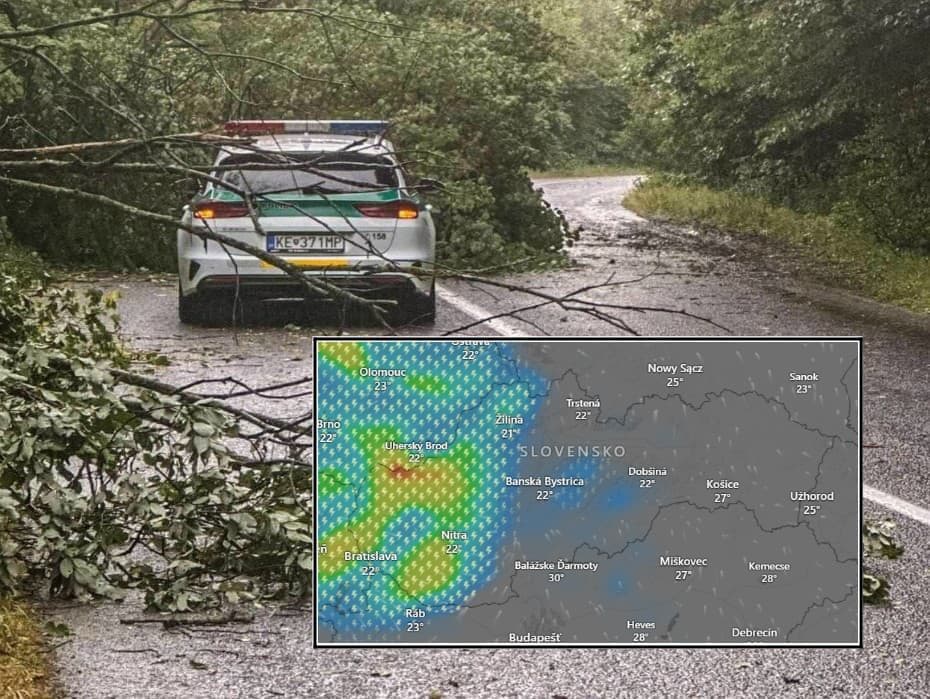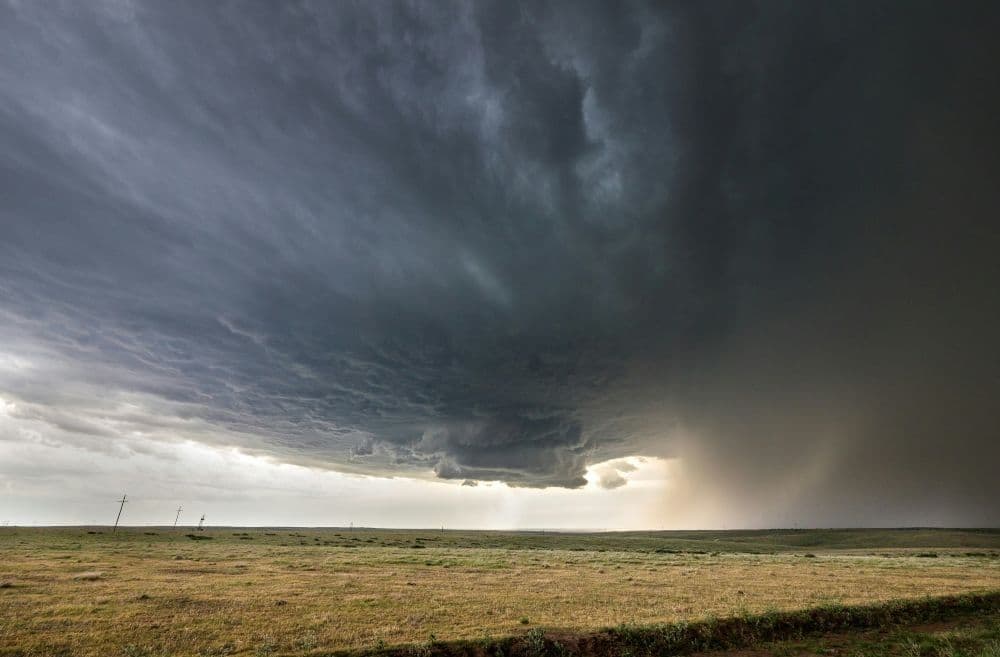The Invisible Impact: Decoding Your Body's Response to a Raging Cold Front
Unravel Hungary's cold fronts: beyond forecasts, discover their powerful science & how these dramatic shifts truly impact human well-being.

The Calm Before the Storm: A Meteorological Primer
The air hangs thick and heavy, a palpable stillness that often precedes a dramatic shift. Across the country, temperatures are soaring, with highs expected to hit a sweltering 32 to 38 degrees Celsius. But don't let this oppressive heat lull you into a false sense of security; a significant change is brewing. According to the latest forecasts from , a potent cold front is poised to sweep in from the northwest this Monday evening, promising a stark contrast to the day's warmth. While the central regions may largely escape its direct fury, this system is predicted to effectively cleave the nation, with severe thunderstorms primarily targeting the western and eastern extremities. We've already seen hints of its power, with isolated afternoon thunderstorms developing in parts of the , unleashing wind gusts of 60-80 km/h and small hail, typically under 2 cm in diameter. This isn't just a weather change; it's a meteorological event set to redefine the day's narrative.
When Air Masses Collide: The Science Behind the Fury
The raw power of a cold front, the "fury" as we call it, isn't just about a drop in temperature; it's a dynamic atmospheric ballet where two colossal air masses perform a dramatic collision. As the denser, colder air mass, advancing from the northwest, wedges itself beneath the existing warm, humid air, it forces the lighter, warmer air to rise rapidly. This forced ascent is the engine behind the storm's intensity. As the warm air climbs, it cools, condensing its moisture into towering cumulonimbus clouds – the quintessential thunderhead. This instability fuels vigorous updrafts and downdrafts, manifesting as the violent wind gusts we anticipate, reaching 60-80 km/h across and the northern regions, with some western areas potentially bracing for destructive gusts exceeding 90 km/h. The rapid cooling also triggers the formation of hail, often small, but with a real chance of larger, more damaging ice stones over 2 cm in the west. While this particular front isn't noted for widespread heavy rain, the localized downpours and lightning strikes will certainly mark its powerful passage.
Beyond the Barometer: The Human Toll of Weather Shifts
While meteorologists track the tangible shifts in air pressure and temperature, many of us feel these changes deep within our own physiology. This phenomenon, known as biometeorology, highlights how sensitive individuals can experience a very real "human toll" from weather shifts. In the hours leading up to this cold front's arrival, the preceding multi-degree warming has already triggered "warm front effects" for those particularly susceptible. Symptoms like persistent headaches and noticeable fluctuations in blood pressure are common complaints, underscoring the body's struggle to adapt to the atmospheric shifts. As the cold front begins its push from the northwest this evening, a different set of challenges may emerge. Our bodies, finely tuned to environmental cues, must work harder to maintain equilibrium amidst rapid changes in atmospheric pressure, humidity, and temperature. This isn't just about feeling a chill; it's about the subtle, yet impactful, ways our internal systems react to the external environment, reminding us that weather is more than just a forecast – it's an experience.
Navigating the Shift: Practical Prep and Self-Care Tips
Understanding the science and the human impact of a cold front naturally leads us to the crucial question: how do we navigate such dynamic weather? Preparation is key, both for our surroundings and our well-being. With issuing warnings for nearly every county – from first-degree alerts for certain regions to second-degree warnings for high temperatures elsewhere – staying informed is paramount. Secure any loose outdoor items, from garden furniture to trampolines, as wind gusts exceeding 70 km/h, and potentially over 90 km/h in the west, could turn them into dangerous projectiles. Given that lightning is identified as a primary hazard during these thunderstorms, seeking immediate indoor shelter is non-negotiable. For those experiencing the physiological effects discussed earlier, prioritize self-care. Hydrate consistently, avoid strenuous activities during the peak of the weather shift, and perhaps consider a calming routine to ease any headaches or blood pressure fluctuations. Paying attention to your body's signals and acting proactively can make a significant difference in weathering the storm, both literally and figuratively.
Adapting to Dynamic Skies: A Look Ahead
As the immediate intensity of the cold front passes, the skies will begin their slow, complex dance of adaptation. While the most severe thunderstorm activity is expected to gradually weaken and cease across much of the country during the overnight hours, some lingering pockets of storminess may persist in the northeast until dawn. Looking ahead to Tuesday, the weather system continues to evolve; isolated thunderstorms might still develop, particularly along the southern and northeastern border regions in the morning, before potentially drifting towards the area in the afternoon. This pattern underscores a critical characteristic of these powerful fronts: their transient nature. They reshape our immediate environment with dramatic force, marked by fierce winds and localized hail, yet often move through without delivering the widespread, soaking rains some might anticipate. Living with such dynamic skies means cultivating an ongoing awareness, understanding that while one system fades, the atmosphere is always preparing its next act, demanding our continued respect and readiness for its ever-changing moods.
Related Articles

Decoding Slovakia's Dynamic Skies: Inside SHMÚ's Urgent Weather Watch

Decoding Slovakia's Dynamic Skies: Inside SHMÚ's Urgent Weather Watch

Nature's Rollercoaster: Understanding Your Local Weather's Wild Swings

Nature's Rollercoaster: Understanding Your Local Weather's Wild Swings

Slovakia's Saturday Squall: Unpacking the Unexpected Turn of Summer Skies

Slovakia's Saturday Squall: Unpacking the Unexpected Turn of Summer Skies

When Sky Stones Fall: Navigating the New Era of Extreme Hail
